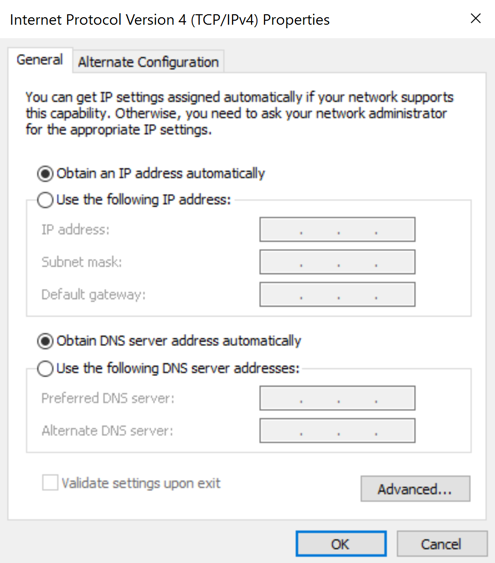

For example:įor each combination of host name and client IP address, duplicate results are removed. However, when we performed the following search, the last result (the oldest data) was only one value. Each events were outputed to sample1.csv and sample2.csv at same one-minute intervals. You can specify more than one field with the dedup command. About using 'bin' command with 'dedup' command. This example returns only one result for each host value. You want to remove search results where the host is a duplicate value.

Suppose that you have the following search results: For real-time searches, the first events that are received are searched, which are not necessarily the most recent events. For historical searches, the most recent events are searched first. With the dedup command, you can specify the number of duplicate events to keep for each value of a single field, or for each combination of values among several fields.Įvents returned by the dedup command are based on search order. For example, before the sort command can begin to sort the events, the entire set of events must be received by the sort command. This is often the same as latest because the events returned by the search are often in descending time order (but it depends on what else is in the search before the dedup). If the bool modifier is provided, vector elements that would be dropped instead have the value 0 and vector elements that would be kept have the value 1.Removes the events that contain an identical combination of values for the fields that you specify. Solution ITWhisperer SplunkTrust 03-09-2022 11:49 PM Actually, dedup will give you the first event it finds in the event pipeline for each unique set of values. Rate() Comparison operatorsīetween a vector and a scalar, these operators are applied to the value of every data sample in the vector, and vector elements between which the comparison result is false get dropped from the result vector. Implement a health check with a simple query: Pay special attention to operator order when chaining arithmetic operators.

Entries for which no matching entry in the right-hand vector can be found are not part of the result. The result is propagated into the result vector with the grouping labels becoming the output label set.
#SPLUNK DEDUP COMMAND SERIES#
if a time series vector is multiplied by 2, the result is another vector in which every sample value of the original vector is multiplied by 2.īetween two vectors, a binary arithmetic operator is applied to each entry in the left-hand side vector and its matching element in the right-hand vector. The Splunk dedup command, short for deduplication, is an SPL. They evaluate to another literal that is the result of the operator applied to both scalar operands ( 1 + 1 = 2).īetween a vector and a literal, the operator is applied to the value of every data sample in the vector, e.g. Dedup: Splunk Commands Tutorials & Reference Commands Category: Filtering Commands: dedup. The following binary arithmetic operators exist in Loki:īinary arithmetic operators are defined between two literals (scalars), a literal and a vector, and two vectors.īetween two literals, the behavior is obvious:


 0 kommentar(er)
0 kommentar(er)
